- Ranthambore National Park, Rajasthan
- +91-9310109466
Kaziranga National Park needs no introduction when it comes to the best wildlife experiences in India. It’s a UNESCO World Heritage Site destination. Travelers from all over the world come here to see the most endangered species- One horned Rhinoceros. It houses two-thirds of the world population of One Horned Rhinoceros. Apart from that you will get refreshing vibes from the natural beauty of Kaziranga. Temples, Waterfalls, lush tea estates, rivers, wetlands, grasslands, forests make Kaziranga National Park the most beautiful national park in India. You will not be able to resist yourself from clicking pictures of nature. You will also get to see endangered Ganges Dolphins here. Various migratory birds, elephants, venomous snakes, swamp deer and wild water buffalo etc. will soothe your soul.
| Location | Assam, India |
| Area | 430 square km |
| Established | 1905 |
| Tiger Population | 135 |
| Wildlife Animals | Tiger, Rhino, Elephants, Wild Water Buffalo, Swamp Deer…etc |
| Bird Species | White-Fronted Goose, Ferruginous Duck, Baer’s Pochard Duck, Greater Adjutant, Lesser Adjutant, Black-Necked Stork, Asian Openbill Stork..etc |
| UNESCO World Heritage Site Declared | 1985 |
| Visiting Season | October to June (Closed during monsoon) |
History of Kaziranga National Park & Tiger Reserve
The Brahmaputra River basin, comprising kaziranga National Park, in Assam is home to a diverse ecosystem with almost 80% unique flora and fauna. The park is located in the Golaghat and Nagaon districts and is renowned for its diverse wildlife, including the Great One Horned Rhinoceros. The park is a vast expanse of tall elephant grass, marshland, and dense tropical moist broadleaf forests, crisscrossed by four major rivers, including the Brahmaputra. With 478 species of birds, Kaziranga offers a unique and unique experience for visitors.
The Golaghat and Nagaon districts of Assam are home to Kaziranga National Park, which was created in 1904 by American Lady Baroness Mary Victoria Leiter Curzon. The park, which is well-known for having a sizable population of rhinoceroses, was first a refuge but wasn’t populated until.
The history of Kaziranga National Park, which is in Assam, begins in 1904 when Baroness Mary Victoria Leiter Curzon, the wife of Lord Curzon, made a trip there. She didn’t observe any rhinos throughout her stay, even though the area is well-known for having a sizable population of them. An Assamese wildlife tracker named Balaram Hazarika proposed the establishment of a reserve in 1905. A 232 square kilometer tract was designated as the Kaziranga Proposed Reserve Forest. However, locals and the European tea planter community opposed the extension, leading to the park being extended by 152 km2 to the Brahmaputra River.
Kaziranga was designated as a Reserve Forest in 1908 and changed its name to Kaziranga Game Sanctuary in 1916. This was in effect until 1938, when hunting was outright forbidden, but guest access was permitted. The Kaziranga Wildlife refuge was the new name given to the refuge in 1950. The Rhinoceros Bill, passed by the Assam government in 1954, imposed harsh penalties for rhinoceros hunting. The national park was established in 1968 as a result of the passing of the Assam National Park Act.
When the Kaziranga National Park got its destination, it was first introduced to an expansion of 440 square kilometers in its available area in the year 1974. The park was recognized worldwide when it was included in the list of UNESCO world heritage sites in the year 1985 and had a celebration in which the descendants of Lord and Lady Curzon were also invited. At present, the park is considered one of the richest and serving most clickable landscapes in southern Asia.
Kaziranga National Park & Tiger Reserve is located beside the mighty flows of Brahmaputra River and is spread in an area of 378 sq km comprising a flood-plain ecosystem and dense elephant grass. Further, it has samplands with water lilies, water hyacinth, and lotus along the large clump of semi-evergreen forest. Moreover, The National Park is called a home by a diverse range of wildlife giants including the Indian One-horned Rhinos, Wild Buffalos, and Indian Elephants. Along with the majestic apex predator, Bengal tiger, the forest shelters about 15 India’s threatened mammal species majorly including Swamp deer, Gaur, hog deer, sambar, Indian Muntjac, and wild boar.
The park has been listed in the UNESCO world heritage sites list since 2006 due to its highest tiger population in the world. Flora in the park has majorly three types: alluvial inundated grasslands, tropical wet evergreen forest, and tropical semi-evergreen forest. The swamps here have an abundance of water lilies, water, hyacinth, and lotus, and the Rattan Cane cover.
Jungle safaris are the best way to experience the diverse flora, fauna, and wildlife of Kaziranga National Park. National parks, however, are mode to preserve the forests and wildlife, but these safaris allow nature and wildlife enthusiasts to enter these rich bio-diversities in controlled and non-abusive manner. These 4×4 gypsy will take you deep in the forest to make you a witness of unspoilt horizons of nature and forest. With three major seasons, winter, summer, and monsoon in the kaziranga National Park, months of winter and early summer are considered best to experience the thrill on its fullest. The best time to visit the Kaziranga Tiger Reserve is between November and April, as it offers perfect sightings.
Major Attractions in and around Kaziranga National Park
Things to Do in Kanha Tiger Reserve
Best Time to Visit Kaziranga Tiger Reserve
The best time to visit Kaziranga National Park is in the months of November to April. Kaziranga National Park is closed during monsoon.
Safari Timings in Kaziranga National Park
| Timings | Morning | Evening |
| Kaziranga Wildlife Safari | 8:00am to 10:00am | 2:00pm to 4:00pm |
Where to Stay in Kaziranga?
These are some of the best accommodation options for a comfortable stay to enjoy Kaziranga National Park Holidays-

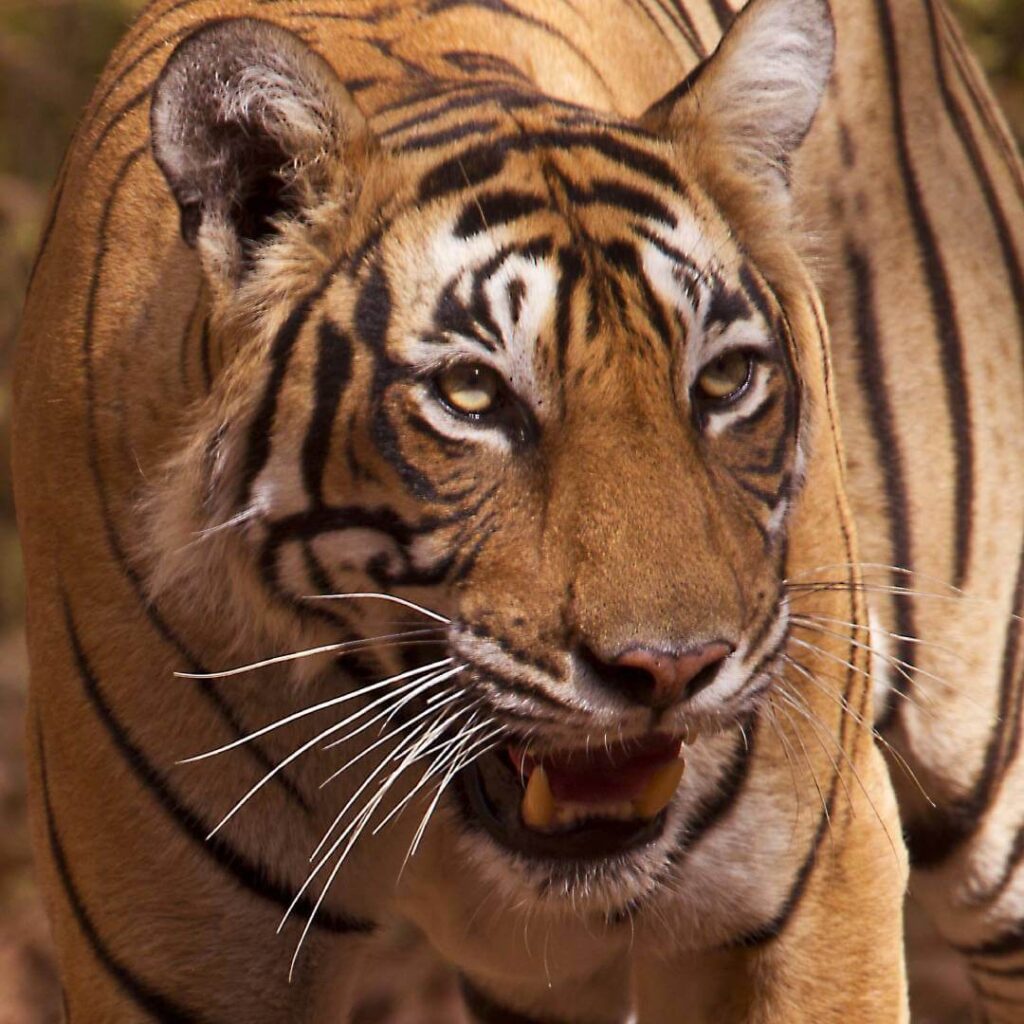

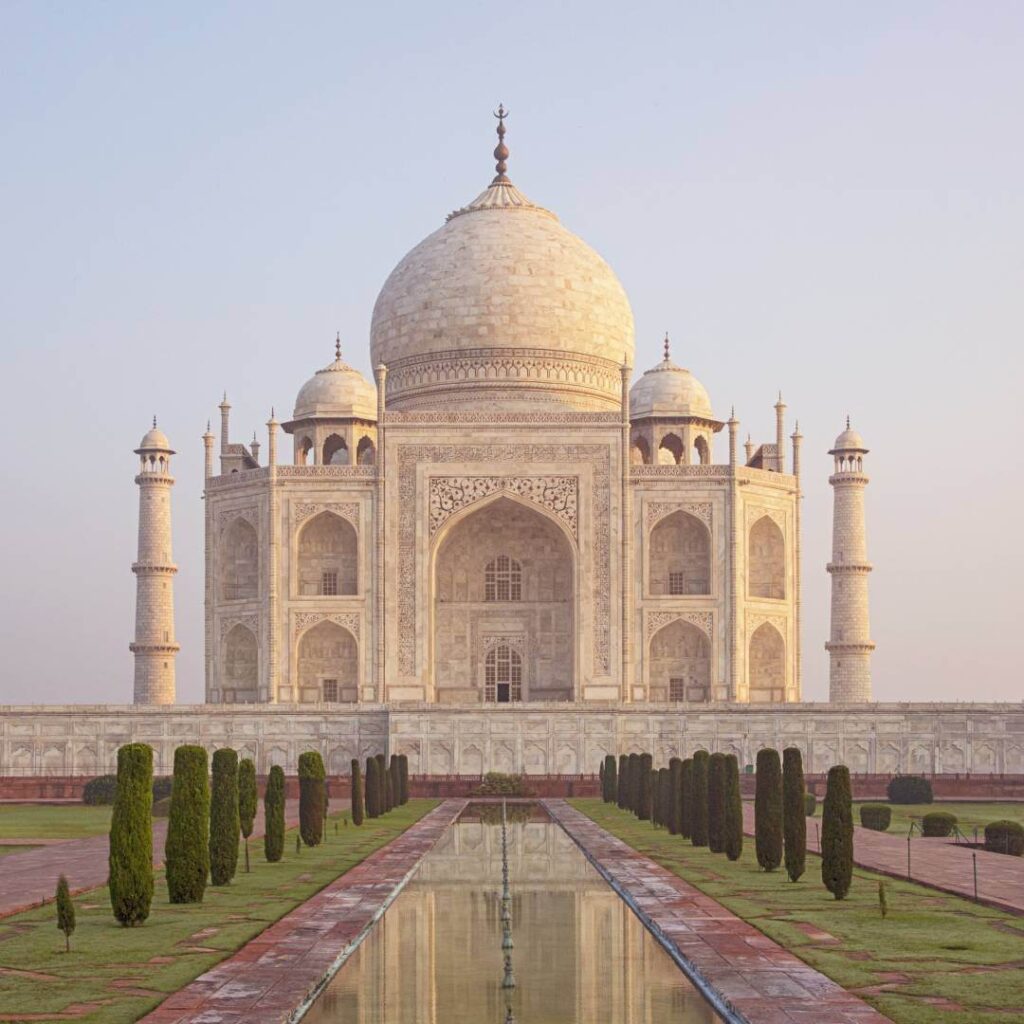
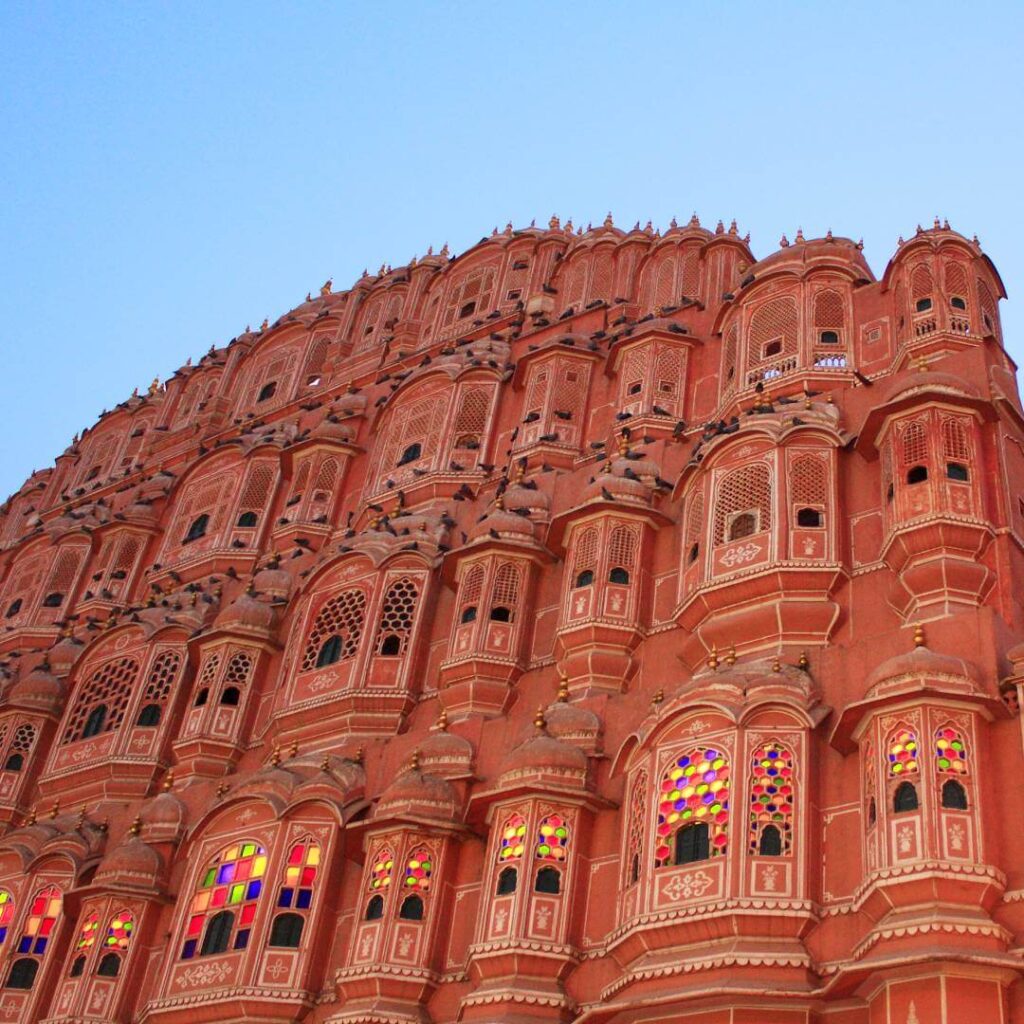
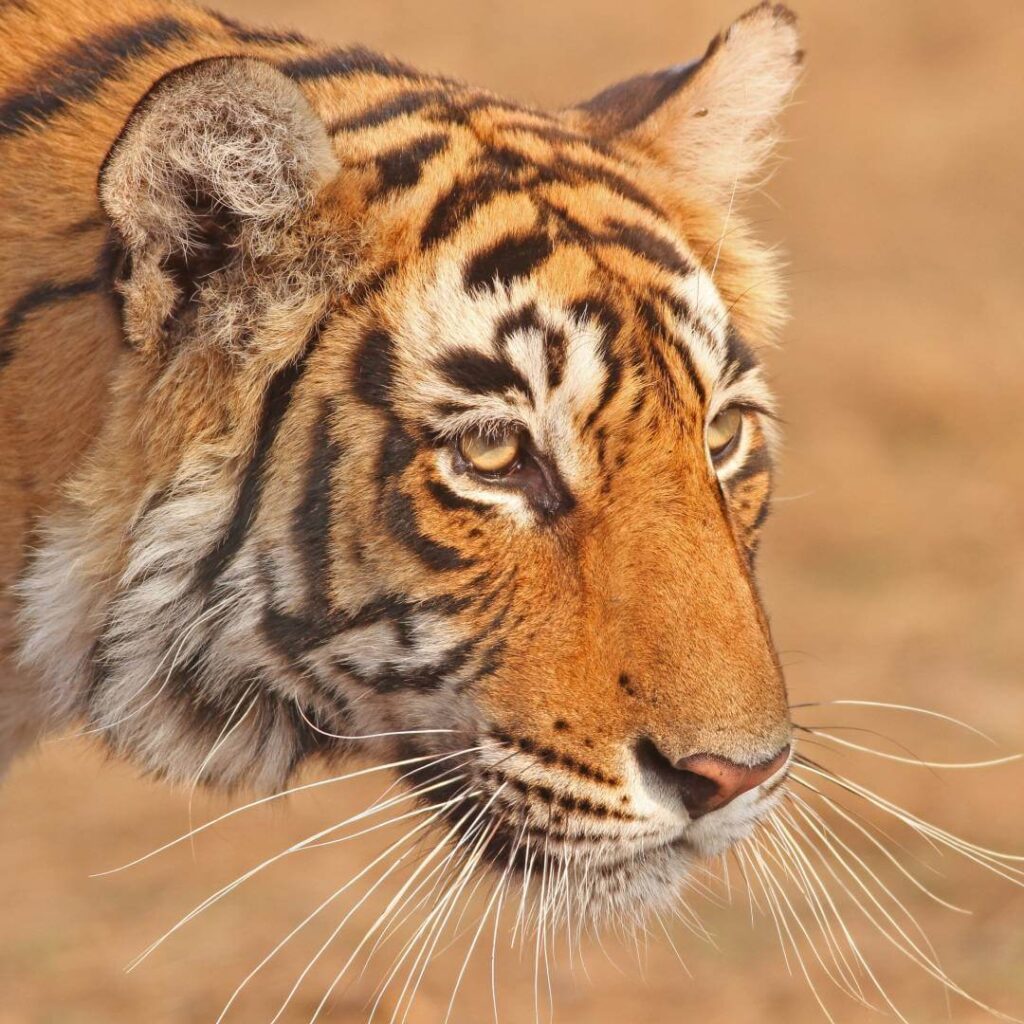
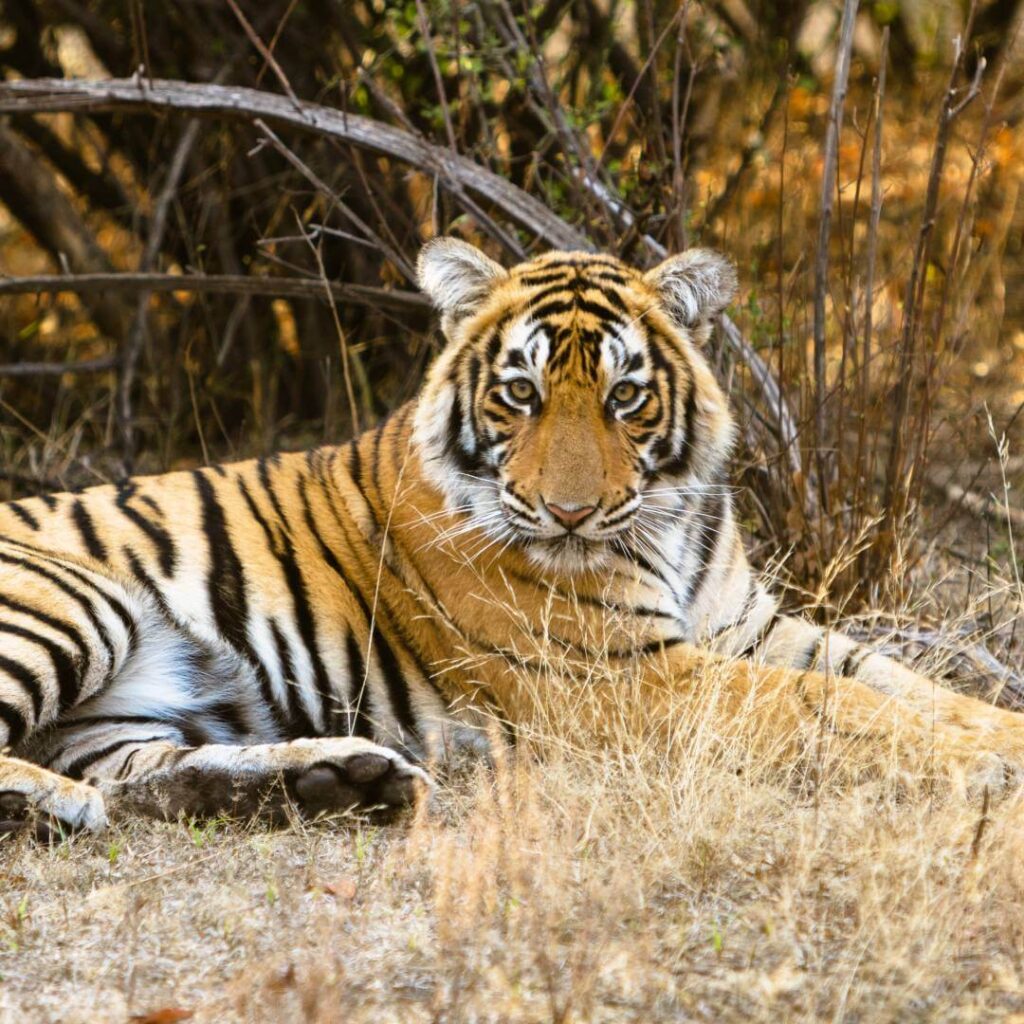
These top 5 destinations promise a unique blend of wildlife, nature, culture, adventure, and tranquility,…
Read a comprehensive guide to learn more about the popular legendary tigers of Ranthambore National…
Plan a thrilling wildlife vacation at the top 10 most popular budget-friendly hotels and resorts…
© 2024-25. All Rights Reserved.